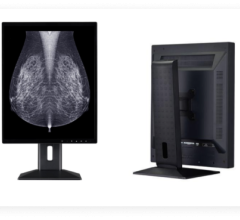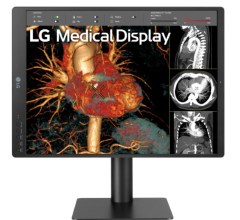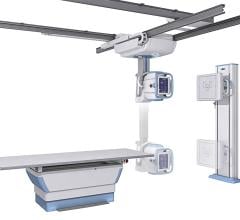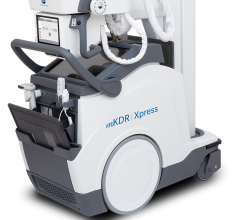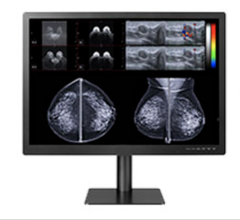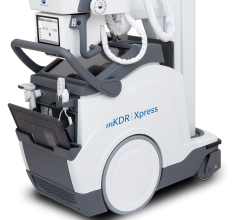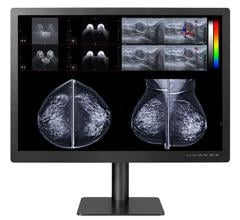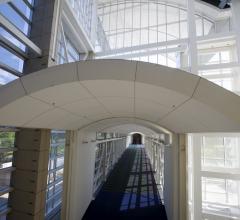
Kootenai Medical Center in Coeur d'Alene, ID, is among the country's most technologically advanced m
Medical diagnostic imaging is one of the fastest growing areas in medicine. Much of this growth is fueled by advances in technology that make it possible for radiologists, doctors who specialize in diagnostic imaging and imaging treatments, to provide quicker and more accurate diagnoses. When selecting precision LCD monitors to integrate into their growing diagnostic imaging department, radiologists at the Kootenai Medical Center chose Eizo RadiForce R11 and R12 monitors for their quality, accuracy and reliability.
“In radiology, interpreting the image is critical,” said Scott Venera, director of Radiology for Kootenai Medical Center (KMC). “The radiologists are making critical decisions based on very subtle differences, so the image has to be very crisp. It requires a level of accuracy that most PC monitors are just not capable of delivering.”
Radiologists at KMC are diagnostic detectives, using their skills in interpreting X-rays, CT scans, MRIs and ultrasounds to assess their patient’s treatments. Instead of having a physical X-ray folder stored at a doctor’s office, KMC patients have a virtual X-ray jacket or “rack” where diagnostic images are stored digitally. Patient racks are stored on a network shared by KMC and seven other hospitals in its region, so patients can move between the hospitals without worrying about lost X-rays or incurring costs for unnecessary X-rays. At KMC, radiologists and other doctors have access to the images from four radiology workstations and three critical areas, the emergency room, intensive care and patient receiving.
When the staff at KMC decided to expand the number of radiology workstations and replace older monitors, they sought input from the IT department, purchasing and the radiologist themselves.
“Out of the three vendors (offering LCD monitors) that we looked at, I thought the Eizo RadiForce monitor had the best resolution and superior image quality,” said Arne Michalson, M.D., director of nuclear medicine and staff radiologist. “The monitor’s capability to show images at very high-definition combined with brightness control makes it easier for us to make the right diagnosis.”
“The criteria we used to judge the competition was ease of integration, price and the technical capability of the monitor to handle radiology images,” said Thomas Legal, vice president of Finance and Information Services. “We offer a full range of diagnostic imaging services, so the monitor had to be able to handle all of the services we offer, whether it was MRIs, CT scans, nuclear medicine, ultrasound or echocardiology.” RadiForce monitors are certified to meet the strictest medical safety and EMC emissions standards, including CE Medical Device Directive.
After using the RadiForce monitors at the hospital, the radiologists at KMC discovered additional benefits including their ergonomic design. “The Eizo monitors aren’t as hot. They don’t flicker, and their slim design gives you more workspace,” said Carl Ley, M.D., chief staff radiologist.
The Eizo RadiForce monitor’s thin bezel design and two DVI output terminals for dual-panel setups make it easier to view and work with an image across two monitors. “We like the fact that all Eizo’s color and grayscale monitors are the same shape. If you’re using the mouse to move your curser across the screen between two monitors, the curser flows in sync between them,” said Ley.
The radiology department also likes the fact that Eizo monitors are easy to calibrate and keep in sync throughout the medical center. The ToneCurve Tuning Utility, developed by Eizo, allows for adjustments of selected tones from a palette of 1,021 colors and grayscale tones in high and low brightness areas of the screen. This makes it possible to fine tune an image with great accuracy.
Once a range of display values and the gamma input have been set with the ToneCurve Tuning Utility, they can be saved to the control PC and shared with other RadiForce R11 and R12 units through a USB connection. And with Eizo’s RadiNET and RadiNET Pro, administrators can check and modify the settings for each monitor directly from the host server.
“Since LCD monitors gradually exhibit change over time, calibration is very important,” said Venera. “If you have to rely on a person running around to each individual set of monitors to calibrate them, it’s time and resource intensive. Eizo’s work on calibration, especially the auto calibration offered on the RadiCS GX2 and RadiCS RX1 monitors, streamlines that function.”
Eizo’s front-button-operated Fine Contrast consists of six user-selectable modes each with default settings for image parameters such as contrast, brightness and gamma. It includes two DICOM modes, DICOM-BL and DICOM-CL for blue base and clear base film, as well as custom, sRGB, calibration and text modes. “The DICOM presets, which were developed for radiology, help the radiologist arrive at their diagnosis sooner,” said Venera.
KMC’s switch from film to a filmless diagnostic imaging environment has resulted in significant savings for the hospital and its patients. “Digital radiology was a smart investment for Kootenai,” said Legal. “You don’t have to buy, process, store or transport the film, and online accessibility makes the images accessible for all the physicians. We can provide instant access to the information.”
“Eizo’s RadiForce monitors are an important part of the infrastructure that we had to have in order to develop our filmless diagnostic imaging department,” said Dr. Michalson.


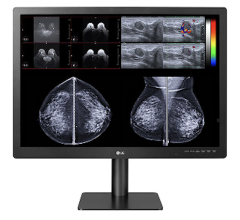
 March 12, 2024
March 12, 2024 
